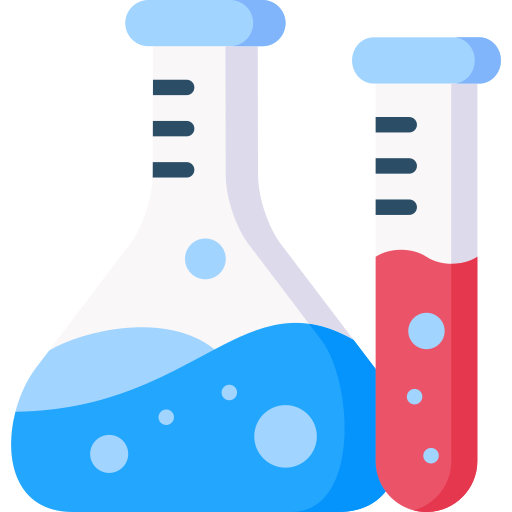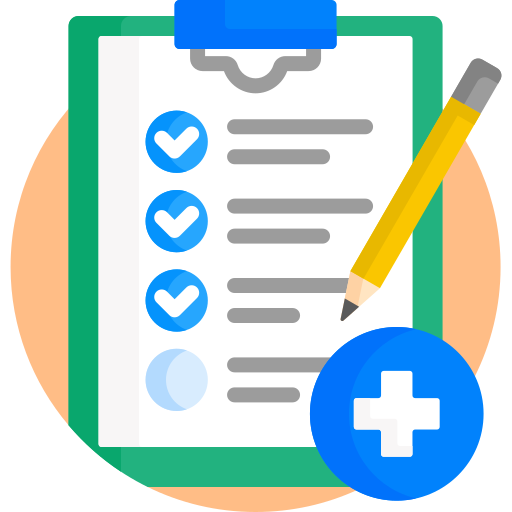Select Location
EMG - All 4 LIMBS
Electromyography (EMG) is a diagnostic process to evaluate the health of muscles and the nerve cells. Motor neurons transmit electrical signals that cause muscles to contract. An EMG interprets these signals into graphs, sounds or numerical values.
₹2024 (₹2200)
CLINICA DIAGNOSTICS - BARASAT
Address: Noapara Bazar, Krishnanagar Road, Kolkata 700124
CLINICA DIAGNOSTICS - CHAKDAHA
Address: 815 Singher Bagan Road, Joykrishnapur, Chakdah, Nadia - 741222
About EMG - All 4 LIMBS :
What is EMG?
EMG, or Electromyography, is a medical diagnostic procedure that measures the electrical activity of muscles. It is used to evaluate the health and function of muscles and the nerve cells that control them.
During an EMG test, small electrodes are inserted into the muscle or placed on the skin to record the electrical signals produced by muscle activity. The signals are then displayed on a screen or recorded for further analysis.
EMG is used to diagnose and evaluate various muscle and nerve disorders, such as muscular dystrophy, peripheral neuropathy, and radiculopathy. It helps doctors to assess muscle function and strength, monitor disease progression, and guide treatments.
What is the process of EMG of all 4 Limbs?
The process of EMG (Electromyography) of all 4 limbs is a comprehensive diagnostic test that measures the electrical activity of muscles in the arms and legs. Here's an overview of the process:
Preparation
- A thorough medical history and physical examination are conducted to identify the muscles to be tested.
- The skin is prepared by cleaning and drying it, and applying a conductive gel to ensure good electrode contact.
Electrode Placement
- Small electrodes are inserted into the muscles to be tested, usually with a small needle.
- The electrodes are connected to an EMG machine, which records the electrical signals produced by muscle activity.
Testing
- The technician asks the patient to contract and relax the muscles being tested, usually by moving the limbs or performing specific actions.
- The EMG machine records the electrical signals during these movements, providing valuable information about muscle function.
Completion
- The test typically takes around 30-60 minutes to complete, depending on the number of muscles being tested.
- After the test, the electrodes are removed, and the skin is cleaned and dried.
- The EMG results are then analyzed by a healthcare professional to diagnose muscle and nerve disorders.
What is EMG used for?
EMG (Electromyography) is a diagnostic tool used to evaluate the health and function of muscles and the nerve cells that control them. Here are some of the key uses of EMG:
- Diagnose muscle diseases: Such as muscular dystrophy, myasthenia gravis, and amyotrophic lateral sclerosis (ALS).
- Evaluate nerve damage: Such as peripheral neuropathy, radiculopathy, and carpal tunnel syndrome.
- Assess muscle function: To evaluate muscle weakness, paralysis, and muscle spasms.
- Guide treatments: Such as injections, physical therapy, and surgery.
- Monitor disease progression: To track the progression of muscle and nerve diseases over time.
- Rehabilitation medicine: To assess muscle function and guide physical therapy in patients with muscle and nerve injuries.
EMG is a valuable tool for diagnosing and managing muscle and nerve disorders. It helps doctors to identify the underlying causes of muscle weakness, paralysis, and other symptoms, and to develop effective treatment plans. By providing detailed information about muscle and nerve function, EMG plays a critical role in improving patient outcomes and enhancing quality of life.
.png)


 91-6292253005
91-6292253005




